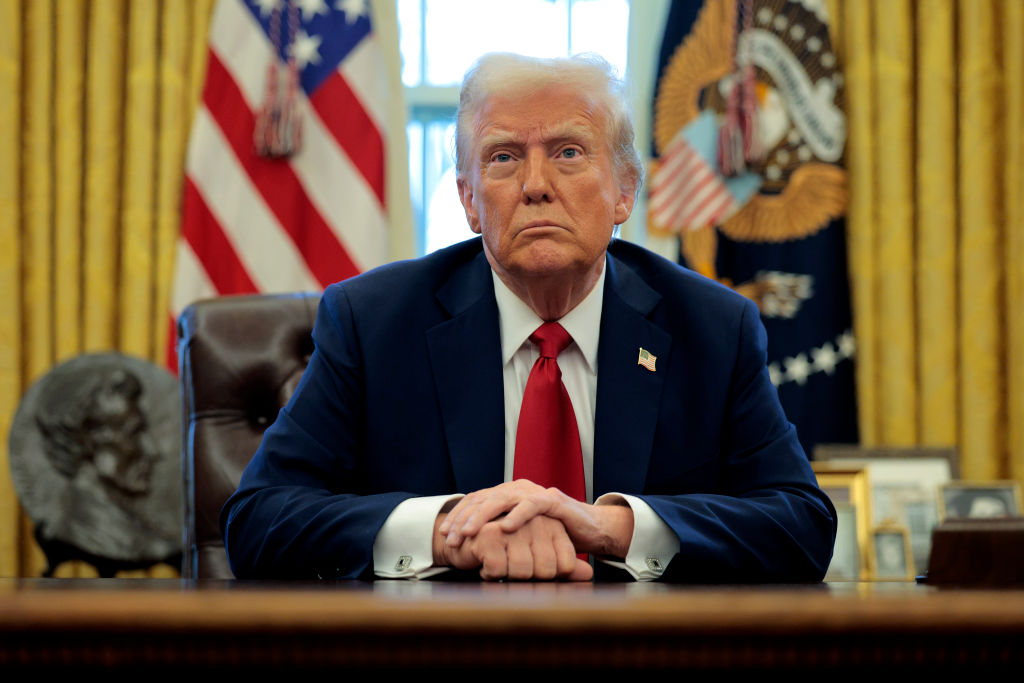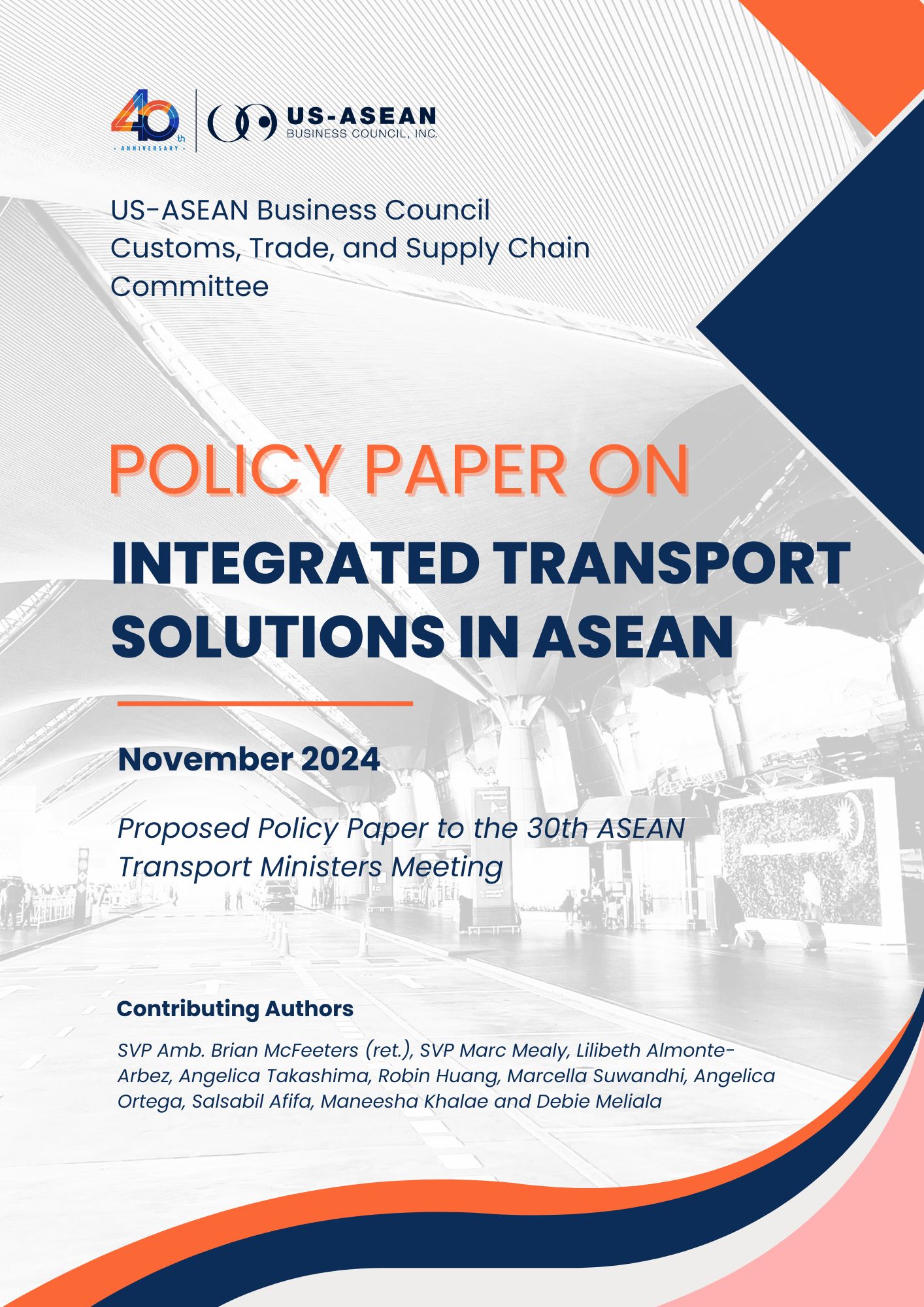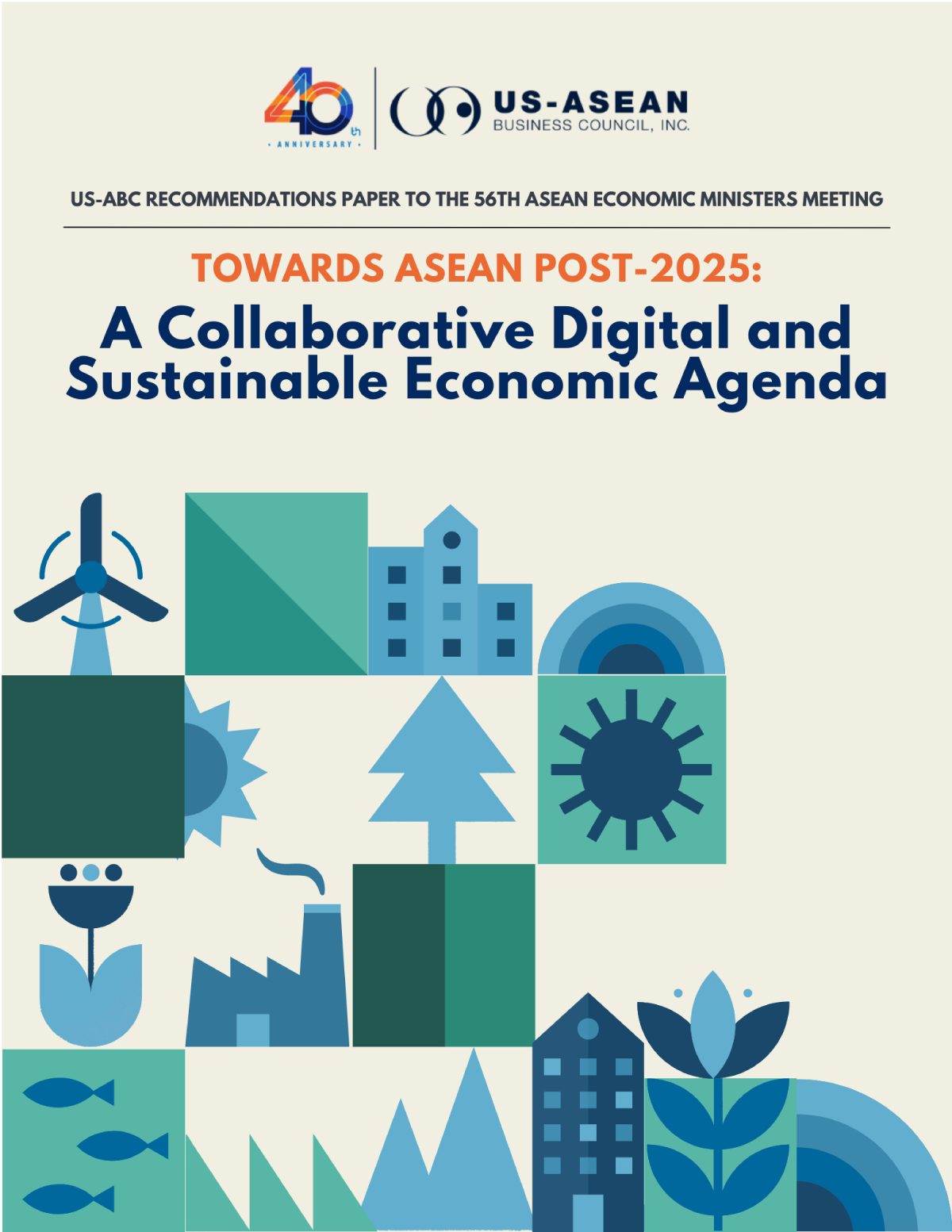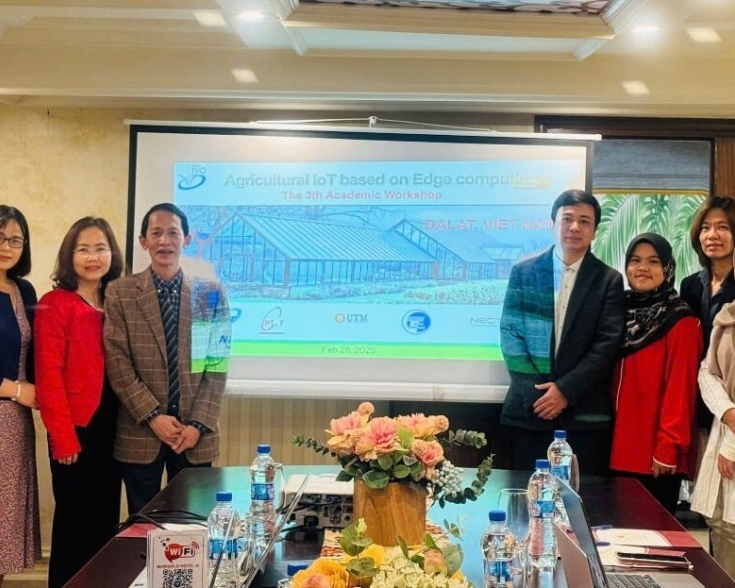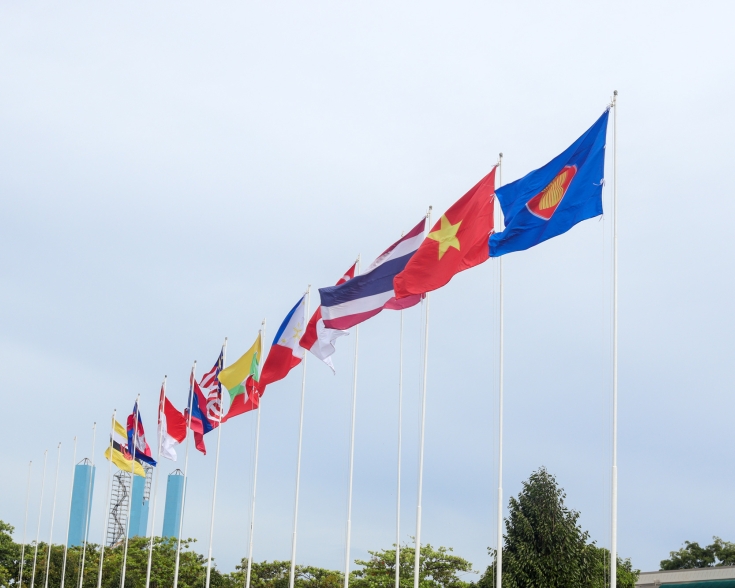President Trump's "Liberation Day" Tariffs: Implications for Southeast Asia
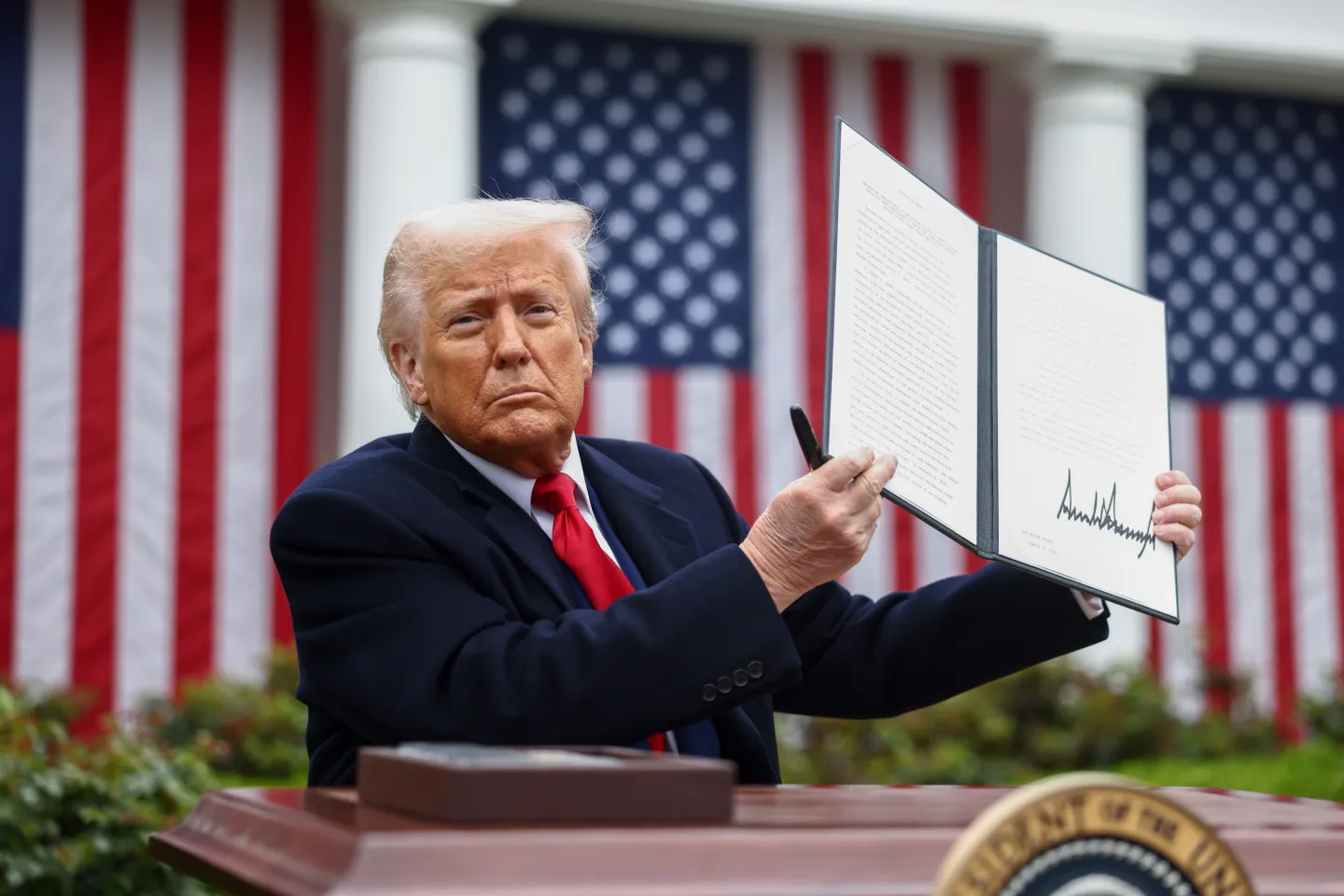
On April 2, U.S. President Donald Trump unveiled a slew of long-anticipated tariffs in line with the administration’s America First Trade Policy, with seismic implications for global trade. At a baseline, U.S. importers of goods produced by all trading partners are hit with a 10 percent increase in import tariffs, to be implemented on April 5. Additional reciprocal tariffs, which the White House has calculated to be half of trading partners’ trade surplus divided by their exports to the United States, will be applied to over 60 countries on April 9. For U.S. importers, goods from ASEAN Member States face some of the highest reciprocal tariff rates. The announcement of tariffs on April 2 raises the United States average tariff rate from 2.5 percent in 2024 to 22 percent, a level last seen in 1910. The Executive Order detailing new tariffs is available here, with Annex I indicating the list of countries and new tariff rates.
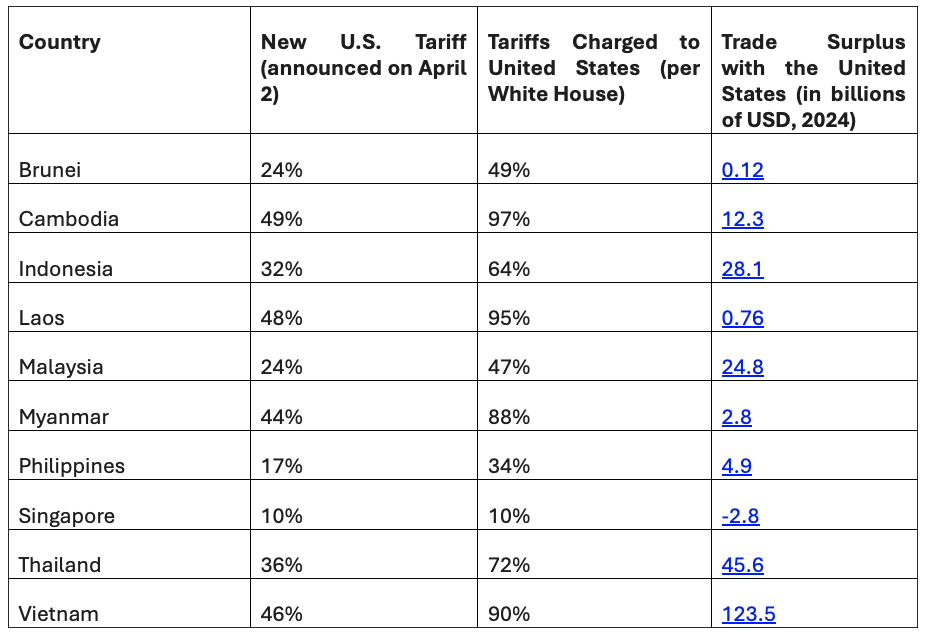
The White House’s formula to calculate foreign countries’ trade barriers has drawn scrutiny. During the White House Rose Garden announcement, President Trump claimed that partners’ rates are a calculation of “the combined rate of…tariffs, non-monetary barriers, and other forms of cheating.” Analysts identified that the White House’s tariff rate formula is to divide the U.S. bilateral trade deficit by that country’s exports to the United States, and to halve that figure. The April 2 announcement comes after the Office of the U.S. TradeRepresentative published its legally mandated 2025 National Trade Estimate report on March 31, detailing tariff and non-tariff barriers with foreign trade partners.
In addition to automobile and steel goods subject to earlier rounds of import tariffs, the White House noted that goods not subject to reciprocal tariffs include copper, pharmaceuticals, semiconductors, lumber, critical minerals not available in the United States and energy. U.S. importers of some of these items may face additional sector specific tariffs and Section 232 tariffs in the future. President Trump’s 25 percent tariffs on foreign-made vehicles and automobile parts took effect on April 2, while tariffs on steel and aluminum were implemented on March 12.
National Emergency Justification
President Trump declared that unfair foreign trade and economic practices have led to a national emergency requiring this Executive Order. The policy aims to address tradeimbalances and support U.S. businesses and workers through confronting unfair tariff disparities and non-tariff barriers imposed by other countries. President Trump cited examples from around the world, including some ASEAN countries, in a White House Fact Sheet:
- Brazil (18 percent) and Indonesia (30 percent) impose a higher tariff on ethanol than does the United States (2.5 percent).
- For rice in the husk, the United States imposes a tariff of 2.7 percent, while India (80 percent), Malaysia (40 percent), and Turkey (31 percent) impose higher rates.
- Indonesia maintains local content requirements across a broad range of sectors, complex import licensing regimes, and, starting this year, will require natural resource firms to onshore all export revenue for transactions worth $250,000 or more.
Southeast Asia Reacts: Negotiation Over Retaliation
Among the United States' global trading partners, Southeast Asia was hit with higher-than-expected tariff rates, ranging from an additional 32 percent to 49 percent. By contrast, the European Union faced a 20 percent tariff hike. Meanwhile, China now faces a total of 54 percent tariff.
The growth rates of the region’s largely export-oriented economies are driven in large part by global manufacturing moving from China to Southeast Asia, a trend that began during President Trump’s first term when companies sought to avoid tariffs placed on Beijing. Some analysts have speculated that high tariffs for countries such as Laos and Myanmar aim to target markets receiving high levels of Chinese investment.
Throughout Southeast Asia, countries reacted with caution in hopes of negotiating lower rates with the Trump administration while looking to trading partners within the region and beyond to bolster their economies.
Cambodia
Cambodia is subject to the highest tariff rate in ASEAN at 49 percent. Over half of its factories are Chinese-owned, with investments totaling $9 billion. Cambodia’s top exports to the United States include clothing, footwear, solar panels, agricultural products, and toys. In response to U.S. tariffs, Cambodia’s Secretary of State and Ministry of Commerce spokesperson Penn Sovicheat has called for calm in the private sector and pointed at tradenegotiations with Washington to resolve this challenge.
Indonesia
The Indonesia Chamber of Commerce has called on President Prabowo to open negotiations with the Trump administration in order to lower U.S. tariffs. From 2020 to 2024, the U.S. trade deficit with Indonesia has increased by 67 percent. Export products such as textiles, footwear, palm oil, and electrical equipment products are expected to be hardest hit given their reliance on U.S. markets.
Malaysia
Malaysia has so far declined to impose retaliatory tariffs on the United States. Instead, the Ministry of Investment, Trade, and Industry (MITI) aims to engage with U.S. authorities and expressed confidence that domestic demand would allow Malaysia’s economy to still see robust growth. In its media statement, MITI stated that it will utilize the Trade and Investment Framework Agreement (TIFA) to seek reciprocal gains and pursue a Technology Safeguards Agreement with the United States to facilitate high-tech cooperation on semiconductors, aerospace, and digital economy sectors. As ASEAN Chair, Malaysia pointed to the ASEAN Geoeconomic Task Force, created at the ASEAN Economic Ministers retreat in February, as a tool for the bloc to coordinate a response. It will also explore new partnerships with ASEAN and outside Southeast Asia with an emphasis on “high-growth regions.” Industrial policies such as the New Industrial Master Plan and National Energy Transition Roadmap will be implemented on an expedited timeline to protect Malaysia’s supply chain.
Philippines
The Department of Trade and Industry (DTI) has noted that the Philippines’ levy of 17 percent was among the lowest in President Trump’s announcement. DTI Secretary Cristina Roque noted that the Philippines must “act fast and take advantage of this new development.” The Government of the Philippines has also pointed that the Philippines’ relatively lower tariff rate compared to its neighbors may attract greater investment.
Singapore
Despite the United States having a trade surplus and free trade agreement (FTA) with Singapore, where most U.S. goods enter at zero rate, the city-state was hit with the 10 percent baseline tariff rate. Gan Kim Yong, Deputy Prime Minister and Minister for Tradeand Industry, expressed Singapore’s “disappointment” at the new tariff rate, but has so far declined to adopt countermeasures according to the terms of the U.S.-Singapore FTA to prevent an escalating trade war. He also shared that Singapore would engage with ASEAN and other trade partners to boost trade flows in this environment.
Thailand
Prime Minister Paetongtarn Shinawatra said her government would pursue negotiations in order to lower its 36 percent tariff rate. Prime Minister Paetongtarn has charged the Ministry of Finance and the Ministry of Commerce with leading Thailand’s response to U.S. tariffs. Already, the Government of Thailand has implemented policies to support Thai exporters whose main destination is the United States. Minister of Finance Pichai Chunhavajira warned that Thailand may see a 1 percentage point reduction in economic growth this year due to U.S. tariffs.
Vietnam
The White House’s levies on Vietnam—which are the second highest in ASEAN—threaten Hanoi’s export-oriented economy, with the United States serving as its top export market. In fact, its exports to the United States, worth $142 billion, account for 30 percent of Vietnam’s gross domestic product. Nevertheless, following an emergency cabinet meeting, Prime Minister Pham Minh Chinh pledged that Vietnam would keep its economic growth target at 8 percent for the year. He shared optimism that the tariff policy would not damage good U.S.-Vietnam relations and asked that the private sector remain calm amid supply chain disruptions.
Call for Input
USABC encourages and requests members to regularly share their perspectives on the evolving U.S. trade policy landscape and how the April 2nd announcement impacts their business and strategic priorities in Southeast Asia and the United States. The Council continues to seek opportunities to educate and advocate on these issues on a member-driven basis. Please email the Trade team for questions, comments, and suggestions.


